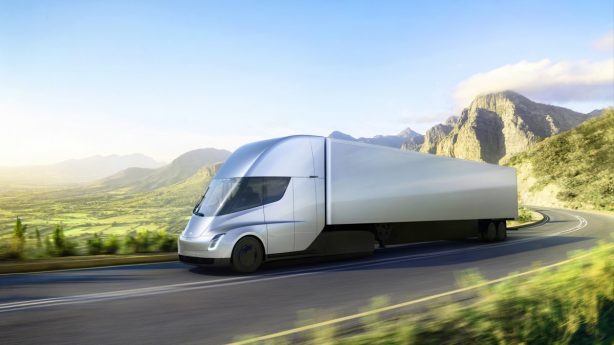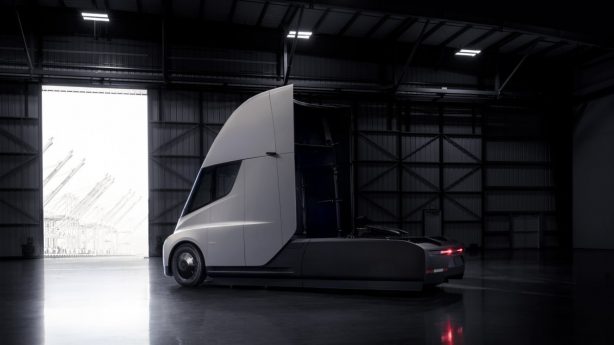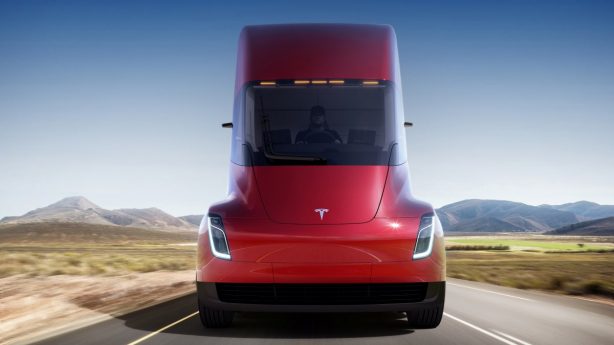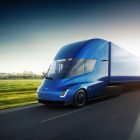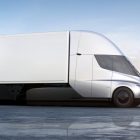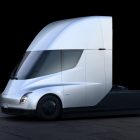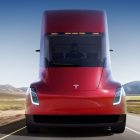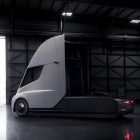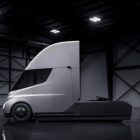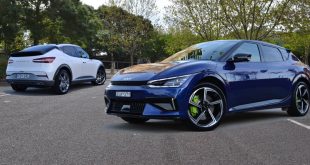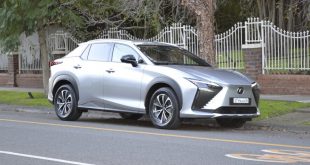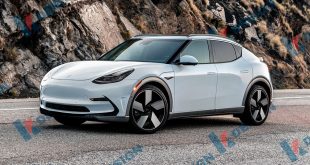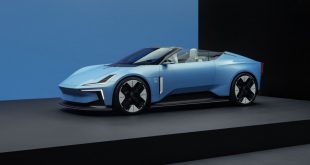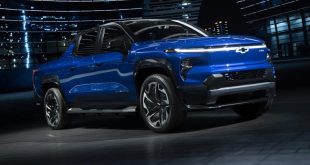Electric propulsion has come to semi trucks as the first ever Tesla Semi makes its official debut today. The all-electric semi truck is now available for order with production set to go into full swing in 2019.
Tesla says the new electric truck will deliver a far better experience for truck drivers, while increasing safety and significantly reducing the cost of cargo transport.
Performance
Without a trailer, the Tesla Semi boasts sports car-like acceleration, blasting from 0-60 mph (96 kmh) in five seconds, compared to 15 seconds in a comparable diesel truck. It’s claimed to do 0-60 mph (96 kmh) in 20 seconds with a full 80,000-pound load, a task that takes a diesel truck about a minute. Most notably for truck drivers and other travelers on the road, Tesla says it climbs 5% grades at a steady 65 mph, whereas a diesel truck maxes out at 45 mph on a 5% grade.
Because there is no engine or gearbox, the Tesla Semi requires no shifting or clutching for smooth acceleration and deceleration, and its regenerative braking is capable of recovering 98% of kinetic energy to the battery, giving it a basically infinite brake life.
According to Tesla, overall, the Semi is more responsive, covers more miles than a diesel truck in the same amount of time, and more safely integrates with passenger car traffic.
Interior
The Semi’s driver focused cabin features unobstructed stairs for easier entry and exit, full standing room inside, and a centered driver position for improved visibility. Like the company’s Model S and Model X, the Semi’s dashboard adopts a simplistic and futuristic approach, featuring not one but two touchscreen displays positioned symmetrically on both sides of the driver. The dual-screen set up provides easy access to navigation, blind spot monitoring and electronic data logging. Built-in connectivity integrates directly with a fleet’s management system to support routing and scheduling, and remote monitoring. Tesla says conventional diesel trucks currently require several third party devices for similar functionality.
Taking Tesla’s Superchargers to the next level are Megachargers, a new high-speed DC charging solution designed specifically for the Semi Truck, will add about 400 miles in 30 minutes and can be installed at origin or destination points and along heavily trafficked routes, enabling recharging during loading, unloading, and driver breaks.
Safety
The Tesla Semi’s all-electric architecture is said to have been designed to have a higher safety standard than any other heavy-duty truck on the market, with a reinforced battery that shields the Semi from impact and gives it a low center of gravity. Its windshield is made of impact resistant glass. Jackknifing is prevented due to the Semi’s onboard sensors that detect instability and react with positive or negative torque to each wheel while independently actuating all brakes. The surround cameras aid object detection and minimise blind spots, automatically alerting the driver to safety hazards and obstacles.
With Enhanced Autopilot, the Tesla Semi features Automatic Emergency Braking, Automatic Lane Keeping, Lane Departure Warning, and event recording. Tesla Semi can also travel in a convoy, where one or several Semi trucks will be able to autonomously follow a lead Semi.
Reliability
With far fewer moving parts than a diesel truck – no engine, transmission, after-treatment system or differentials to upkeep – the Tesla claims the Semi requires significantly less maintenance. Its battery is similar in composition to the batteries of Tesla energy products and is designed to support repeated charging cycles for over a million miles, while its motors are derived from the motors used in Model 3 and have been validated to last more than one million miles under the most demanding conditions.
Cost Saving
According to Tesla, the biggest immediate cost-advantage comes from savings in energy costs: fully loaded, the Tesla Semi consumes less than two kilowatt-hours of energy per mile and is capable of 500 miles of range at GVW and highway speed, accommodating a wide range of shipping applications. Based on electric tariff of $0.12/kWh, Tesla says owners can expect to gain $200,000 or more in savings over a million miles based on fuel costs alone.
 ForceGT.com Car News, Car Reviews, Video Reviews, Tuning and much more.
ForceGT.com Car News, Car Reviews, Video Reviews, Tuning and much more. 